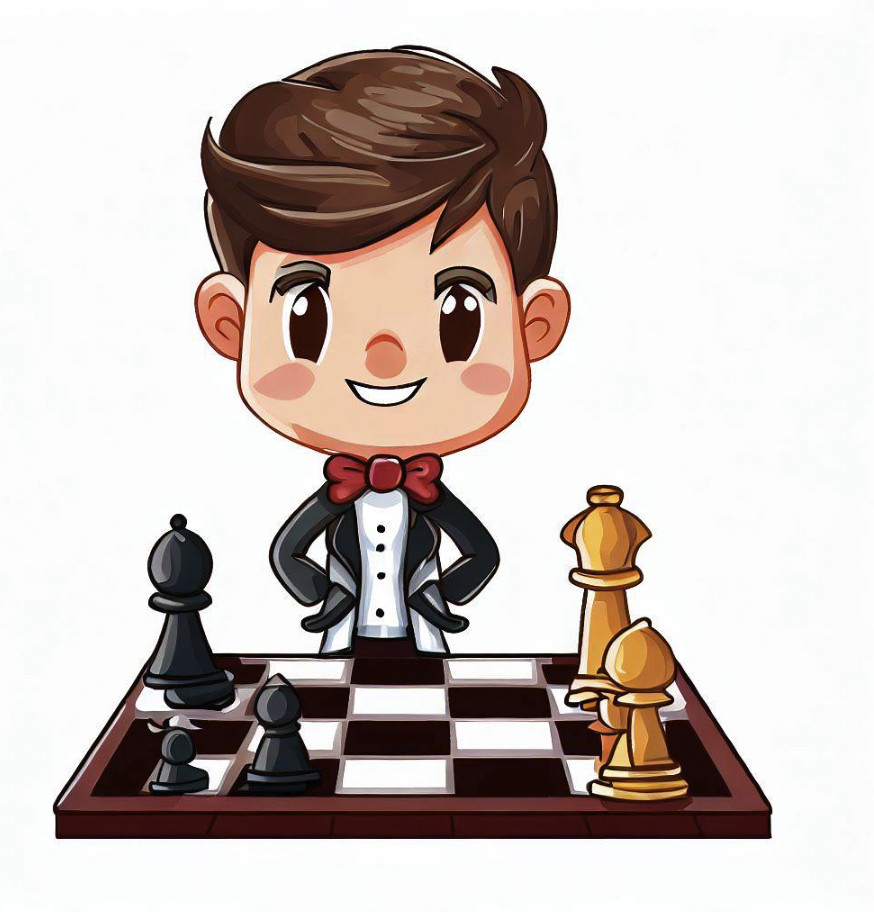Bughouse Chess, also known as Tandem Chess or Double Chess, is a fascinating variant of the traditional game that adds a whole new level of complexity and excitement.
Here we will explore the origins, rules, and strategies of Bughouse Chess, offering insights into the unique dynamics that make it such an engaging and challenging game.
Origins of Bughouse Chess
Bughouse Chess traces its roots back to the early 20th century when it emerged as a popular pastime among chess enthusiasts.
The exact origins of the game are somewhat unclear, but it is believed to have originated in Eastern Europe, particularly in Russia.
Bughouse Chess gained traction in the chess community and eventually spread to other parts of the world, captivating players with its unique gameplay and strategic possibilities.
Rules of Bughouse Chess
Bughouse Chess is typically played by four players, divided into two teams of two.
Each player on a team sits diagonally across from their partner, and the two teams face each other.
The game is played with two separate chess sets, each with its own board and pieces.
The rules of Bughouse Chess closely resemble those of traditional chess, with a few notable exceptions.
Captured pieces are not removed from the game but are instead passed to a teammate.
A player can then choose to place a captured piece from their teammate on any vacant square on their turn instead of making a regular move.
There are certain restrictions, however. For example, pawns cannot be placed on the first or eighth rank, and a player cannot place a piece in such a way that their opponent’s king would be in checkmate.
In Bughouse Chess, communication between teammates is crucial.
Players are allowed to verbally communicate with their partners, providing information about their current board state, suggesting moves, or even requesting specific pieces to be passed.
The Insanity of Top Level Bughouse Chess
Strategies in Bughouse Chess
Bughouse Chess introduces unique strategic elements that differ from traditional chess.
Teammates must work together, coordinating their moves and capitalizing on opportunities that arise during the game.
The interplay between the two boards and the constant exchange of captured pieces adds a layer of complexity that requires careful planning and adaptability.
One common strategy in Bughouse Chess is “piece trading.”
Teammates can intentionally sacrifice their own pieces to capture valuable opponent pieces and pass them to their partner. This dynamic leads to a dynamic and fluid game where material imbalances can occur frequently.
Another crucial aspect of Bughouse Chess is time management.
With two games happening simultaneously, players must make decisions quickly and efficiently. Calculating moves, assessing positions, and communicating with teammates effectively become essential skills in this fast-paced variant.
How to play Bughouse Chess
Benefits of Playing Bughouse Chess
Bughouse Chess offers several benefits to players, both recreational and professional.
It enhances tactical and strategic thinking, as players need to analyze multiple positions simultaneously and coordinate their efforts with their teammates.
The game also fosters teamwork and communication skills, as players must collaborate and make quick decisions together.
Moreover, Bughouse Chess injects an element of fun and excitement into the traditional game, providing a refreshing alternative for those seeking a new challenge.
The dynamic nature of Bughouse Chess makes it particularly appealing for players who enjoy fast-paced, unpredictable gameplay.
Conclusion
Bughouse Chess is a captivating variant that breathes new life into the traditional game.
Its origins in Eastern Europe, unique rules, and strategic possibilities make it a compelling choice for chess enthusiasts.
By engaging in Bughouse Chess, players can sharpen their skills, cultivate teamwork, and experience the thrill of a fast-paced and dynamic chess experience.
So, gather your chess-loving friends and delve into the exciting world of Bughouse Chess.


